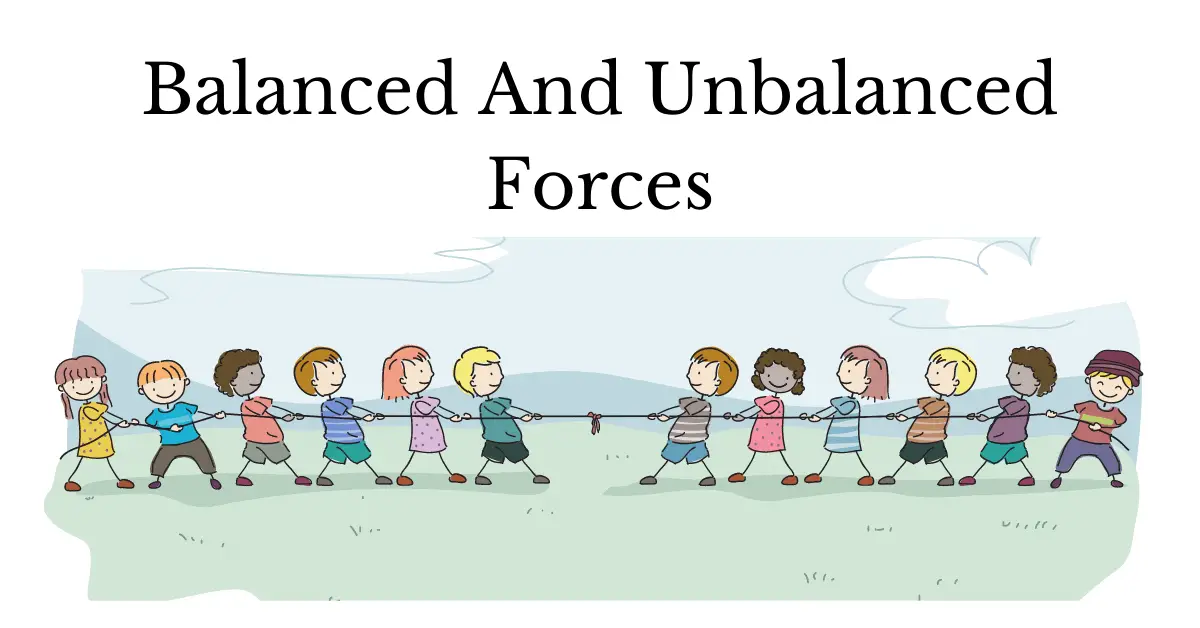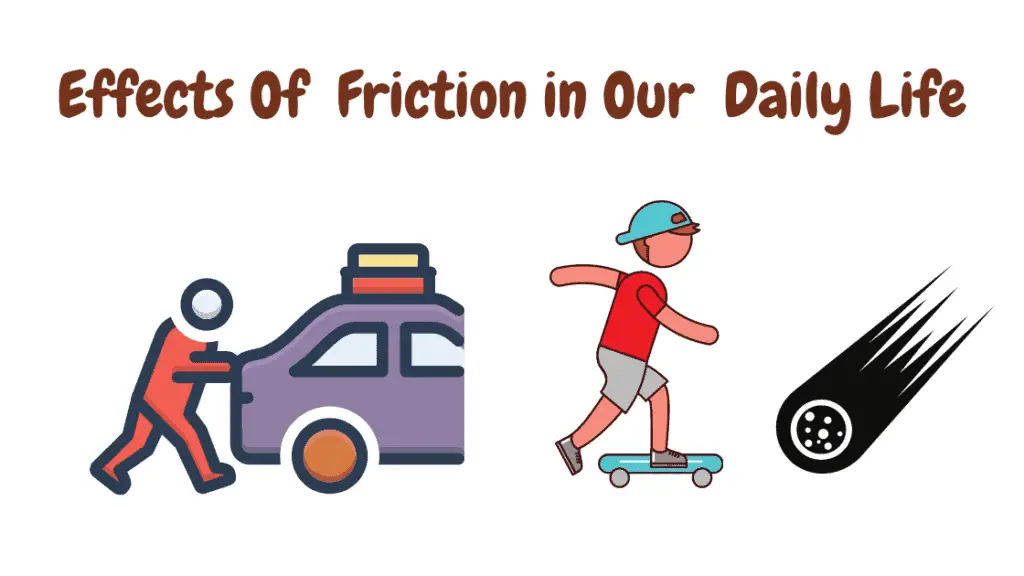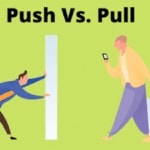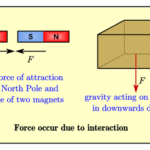Introduction
When we talk about forces, we mean if there is a push or a pull. A push or pull on a body is defined as a force.

The push or pull direction determines the direction of the force. Let’s use the door as an example. When we push the door, we exert force away from ourselves. And as we pull on the door, we apply force to ourselves.
Forces are used in everyday activities such as
- pushing,
- pulling,
- lifting,
- stretching,
- twisting, and
- pressing.
There are many effects of force such as:
- A force can move a stationary body.
- A force can stop a stationary body.
- A force can change the shape and size of the body.
- A force can change the direction of the body.
- A force can change the speed of the body.
Now, we will discuss the various type of forces i.e. Balances Forces and Unbalanced Forces.

What are Balanced Forces?
When a balanced force act on a body, it remains in its original state. For example, if a body is in uniform motion, it stays in uniform motion, and if a body is at rest, it stays at rest. This means that balanced forces are
- equal in their size or magnitude
- opposite in direction
Thus, Balanced Forces does not cause motion in a body, nor does it move or stop a moving body.
Definition of Balanced Forces
The forces are said to be Balanced if the sum of all the forces acting on a body is zero.
Example of Balanced Forces
See Examples of balanced forces for more examples explained in detail.
Let us now understand the concept of balanced forces with the help of examples.
Example 1
Consider a massive and heavy box that is resting on a rough surface as shown below in the figure.

Let us use our hands to push the box. If the box does not move then this is due to the fact that other forces balance the push of our hands. All the forces acting on this box are:
- Force of our push (which push the box forwards )
- Force of friction (which opposes the push and pulls the box backward)
- Force of gravity (exerted by the weight of the box, which pulls the box downwards )
- Force of reaction (exerted by the ground, which balances the force of gravity )
Thus we noticed that the four forces are acting on the box but still the box is not moving. So, we conclude that all four forces are balanced by one another, that is
- the force of our hands is balanced by the force of friction and
- the force of gravity is balanced by the force of reaction.
In this way, the resultant of all the forces acting on the box is zero. The box thus behaves as if no force is acting on it and remains stationary, as before applying any force on it.
Example 2
Another example of balanced forces is a tug of war or game of tug by equally powered teams. In this game, the same number of individuals hold onto each end of a rope. A flag is fastened to the rope’s middle.
Each team pulls on the rope in an attempt to shift the flag to its side. Consider yourself to be in a tug-of-war with your friends. Your team begins by tugging hard and with all its might. But, the opposing team is also tugging with equal force and in the opposite direction. The middle-of-the-rope flag remains stationary.
The flag remains stationary because the force applied by your team equals the force applied by the opposing team but, in the opposite direction. The forces are opposing each other. The rope’s forces are balanced. The flag at the center of the rope will not move when the forces are balanced.
To win, one team must use more force than the other. So, in this case, the forces applied by the two teams are said to be balanced forces.
What are Unbalanced Forces?
Unbalanced forces exist when the force exerted in one direction exceeds the force applied in the opposing direction. When unbalanced forces act on an object, the speed and/or direction change.
So, when an unbalanced force acts on a body, it changes its previous stage of rest or of uniform motion. This means that if a body is at rest or in uniform motion, the unbalanced force causes changes in its state of rest or uniform motion as well as in its direction.
Thus, Unbalanced Forces can cause motion in a body, as well as change the direction or stop a moving body.
Definition of Unbalanced Forces
If the sum of all the forces exerted on a body is more than zero, the forces are said to be unbalanced.
Example of Unbalanced Forces
See Examples of unbalanced forces for more examples explained in detail.
Let us now discuss some of the examples of unbalanced forces. Consider a toy car laying on the ground. Let us now push this toy car using our hands. What did we notice? Toy begins to move! In this situation, four forces are also acting on the toy. These are:
- Force of our push
- Force of friction
- Force of gravity (exerted by the weight of toy car, which pulls the toy car downwards )
- Force of reaction (exerted by the ground, which balances the force of gravity )
As a result, we could see that the four forces are acting on the toy car. The force of gravity acting downwards due to the weight of the toy car and the force of reaction acting upwards due to the weight of the ground are equal and opposite. Both these forces balance each other.
Now, due to the wheels of the toy car, the opposite force of friction is much less here. Since the car is moving, the force of our push would be greater than the force of friction. So they can not balance each other. And, thus the resultant force on the toy car is not zero.
Hence, there is a net unbalanced force acting on the toy car. This makes the car move in the direction of greater force (in this case, the push of our hands).
Another example of unbalanced forces is when a rolling ball stops moving after some time. When a ball rolls on the ground, an unbalanced force of friction acts on it. This force of friction causes the ball to come to a stop after some time. In this situation, the force of friction works in the opposite direction to the motion of the ball.
Conclusion
- Forces acting on an object can be both balanced and unbalanced.
- When the forces exerted on an object are equal in strength and are acting in opposite directions, they are said to be balanced.
- These balanced forces cancel each other out, and the motion of the body on which they act remains unchanged.
- When the forces operating on an object are out of balance, they do not cancel each other out.
- When an unbalanced force acts on an object, the object’s state of motion or its state of rest changes.







